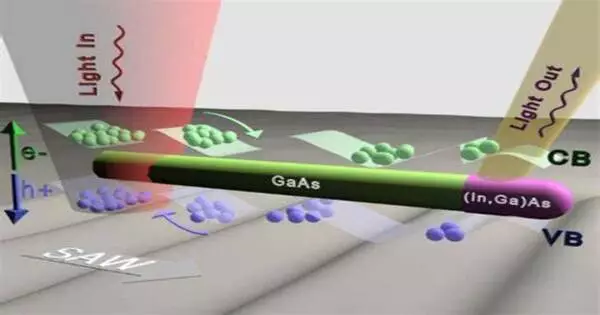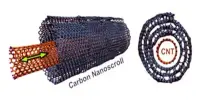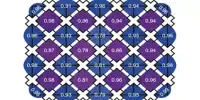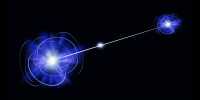Listening for nanoscale earthquakes, also known as “nano seismicity,” entails utilizing incredibly sensitive devices to detect and analyze microscopic seismic vibrations or movements. This subject has applications in a variety of fields, including materials science, geophysics, and nanotechnology.
A recent study proposes an exciting new method for listening to ‘the crackling’ noise of atoms shifting at the nanoscale when materials are deformed, potentially enabling improved methods for discontinuities in unique, new materials, such as those planned for future domain-wall electronics. ‘Crackling noise microscopy’ opens up new avenues for gaining enhanced knowledge about nanoscale features in a variety of applications and material systems.
A recent UNSW-led research published in Nature Communications describes an innovative new method for listening to atom avalanches in crystals. When materials deform, the microscopic movement of atoms causes sound to be emitted. This crackling noise is a scale-invariant phenomenon that occurs in a variety of material systems in response to external stimuli such as force or external fields.
Our method allows us to study the crackling noise of individual nanoscale features in materials, such as domain walls in ferroelectrics. The types of atom avalanches differ around these structures when the material deforms.
Dr. Cam Phu Nguyen
Avalanches are jerky material movements that can span several orders of magnitude in size and follow universal scaling rules specified by power laws. The concept was first investigated as Barkhausen noise in magnetic materials and is currently employed in a wide range of applications ranging from seismic research and building materials monitoring to fundamental research involving phase transitions and neural networks.
The new method for nanoscale crackling noise measurements developed by UNSW and University of Cambridge researchers is based on SPM nanoindentation.
“Our method allows us to study the crackling noise of individual nanoscale features in materials, such as domain walls in ferroelectrics,” says lead author Dr. Cam Phu Nguyen. “The types of atom avalanches differ around these structures when the material deforms.”
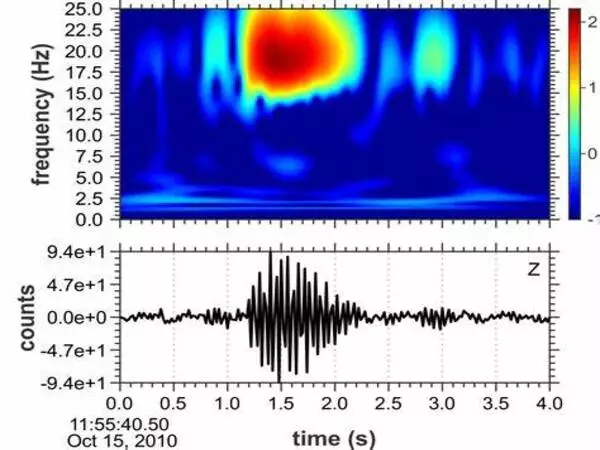
One of the most exciting parts of the process is the ability to identify particular nanoscale characteristics by photographing the material surface before indenting it. This distinction enables previously impossible studies to be conducted.
In the initial application of the new technology, UNSW researchers investigated domain walls, which are discontinuities in organized materials.
“For a long time, domain walls have been the focus of our research.” “They are very appealing as building blocks for post-Moore’s law electronics,” says author and UNSW professor Jan Seidel. “We show that the critical exponents for avalanches are altered at these nanoscale features, leading to the suppression of mixed-criticality, which is otherwise present in domains.”
Crackling noise microscopy, in terms of applications and unique material capabilities, represents a new possibility for gaining enhanced knowledge about such features at the nanoscale. The study examines the method’s experimental elements as well as potential research prospects and applications.
The presented notion allows for the investigation of the crackling of specific nanoscale structures in a variety of different material systems.
